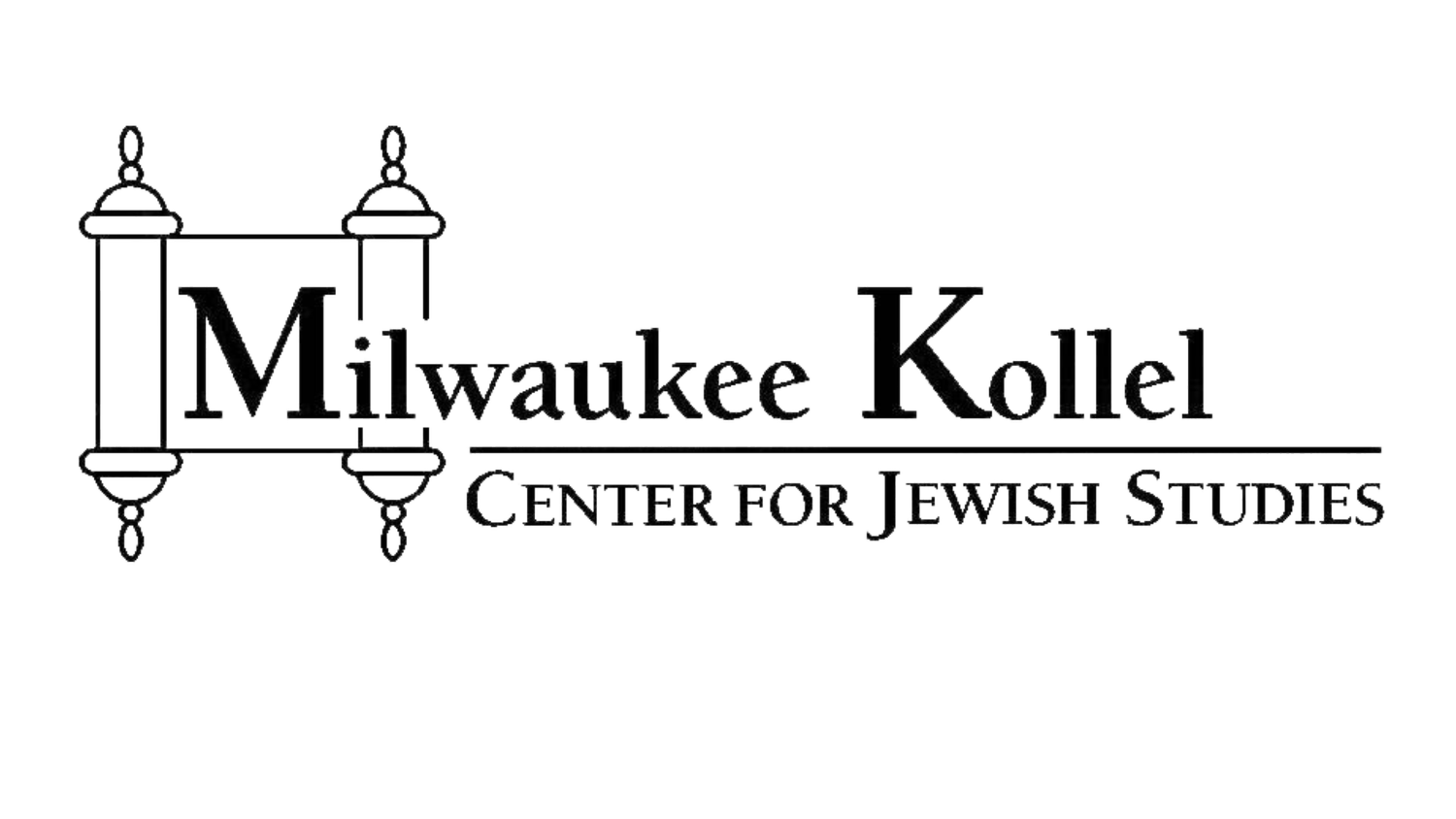Purim: The Holiness of the Mundane
by: Rabbi Hillel Brody
Executive Director
Last Shabbos my wife and I, together with Rabbi Stern, had the opportunity to attend a Rosh Kollel Conference. We learned many new ideas connected to operating a Kollel, both from formal sessions, and, perhaps more importantly, from meeting and speaking to peers. The conference was also attended by some of the Gedolei Yisroel whose leadership and inspiration is so invaluable. We walked away with great chizuk to work better and harder at engaging more of our community in ever rising levels of Limud HaTorah, each person according to what is appropriate for them.
One of the Gedolim who was there for Shabbos was Harav Chaim Yehoshua Hoberman, Shlit”a, the Rosh Yeshiva of the Mesivta of Long Beach. He shared a thought which touched me deeply. It was connected to Purim, but its message should resonate throughout the life of every Jew.
The Rema in his commentary to the Tur, דרכי משה סימן תרצו, discusses whether it is permitted to get married on Purim. On Chol Hamoed it is forbidden to get married because there is a concept of אין מערבים שמחה בשמחה; one should not “mix” joyous occasions. This is essentially to say that one may not dilute the celebration of the Chag with his own personal simcha. Does this concept apply on Purim?
The Rema brings several Rishonim who say that the rule of אין מערבים שמחה בשמחה does, in fact, forbid marriages on Purim. Then he says that although he does not feel himself worthy to argue on these Rishonim, he will share what he thinks. He points out that the concept of אין מערבים שמחה בשמחה is learned from the pasuk which says ושמחת בחגך, which implies that the festivity on the שלש רגלים should focus exclusively on the chag. However, the Rema reasons, there is no such verse when it comes to Purim. The Megilla demands only משתה ושמחה, with no limitation on what the simcha should be about. Thus, the Rema reasons that any form of celebration, even a personal simcha, fulfills the Megilla’s instruction.
The Rosh Yeshiva invited us to explore this on a deeper level. While the Rema’s point about what the Megilla says may be well taken, shouldn’t we wonder why this is so? After all, Purim is an important celebration of the very salvation and continued existence of Klal Yisroel; wouldn’t it be appropriate to keep our focus on the meaning of the day?
Harav Hoberman explained this with a recollection from his youth. He related that many of his friends were the children of Holocaust survivors. Invariably, when it came time for each of these friends to marry, the parents could be found shedding copious tears. Of course, these were tears of joy, but the particularly intense emotional response from these parents was due to the incredible miracle they had experienced. They had not only survived, but they had gone on to marry, raise families, and bring their children to the chuppah. Their joy was the joy of their salvation.
Perhaps the Rema would explain similarly. On Purim we are to re-experience the salvation of the Jewish People. It is the celebration of our continued ability to live regular Jewish lives. The celebration of a milestone of Jewish life is completely in keeping with this. And as the Rema says, “Anything which brings a person joy is sufficient” when taken in the context of our survival.
What a powerful, perhaps even vital, thought as we approach Purim. We hopefully have all heard and learned of many deep concepts that surround Purim. It is truly a very holy day. If we take Purim seriously, it would seem that we should spend as much time as possible with laser focus on the deep intentions of our observance of Purim. I have entered many a Purim trying to do that, and I continue to do so. But what happens when real life gets in the way? Purim is also an extremely busy day, full of apparently “mundane” activities, like taking care of the kids, preparing for the Seudah, putting that one last bow on the Mishloach Manos and any number of other apparently pressing things which seem Divinely intended to distract us from the holiness of the day. How are we to engage in “real life” without having it distract us from the meaning of Purim?
The Rema is telling us that we are grossly mistaken. The “mundanities” of life are not mundane at all; they need not be a distraction! Can we not choose to see these responsibilities as a part of our celebration of the continued survival and thriving of Klal Yisroel? On Purim, we should focus on the fact that our lives - our “simple,” day-to-day lives - are a link in the chain of the eternity of Klal Yisroel, and that, too, is cause for celebration on Purim. (And, maybe even all year round!)
